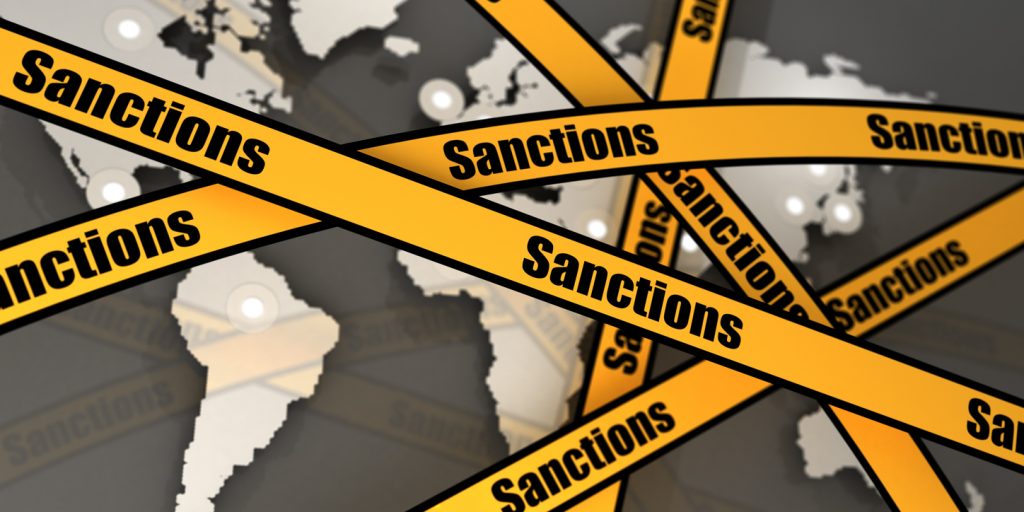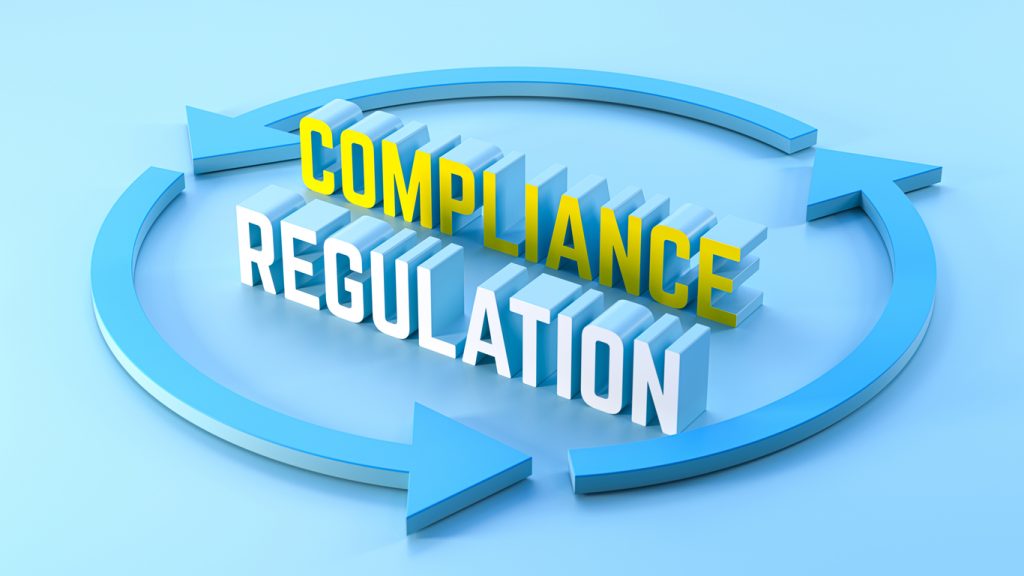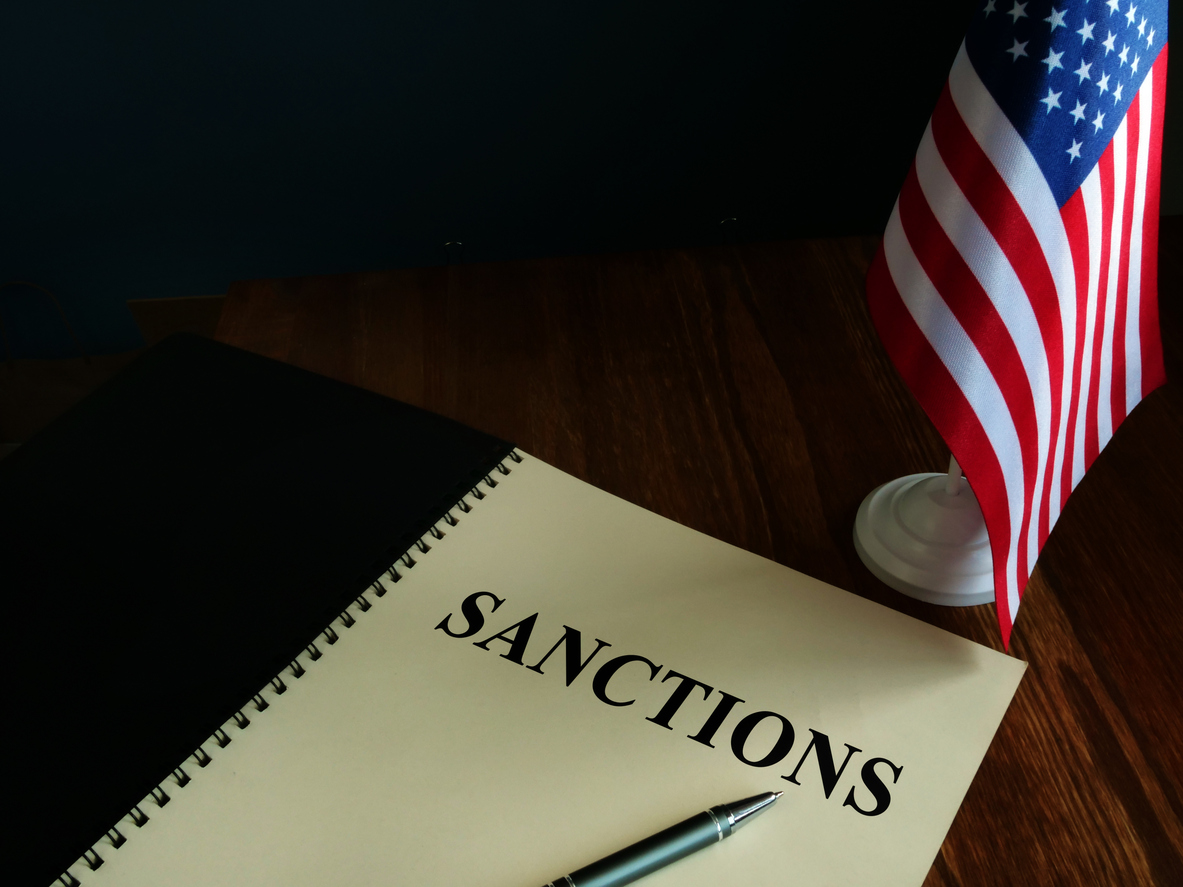Achieving robust OFAC sanctions compliance is essential for organizations operating under U.S. jurisdiction or engaging with U.S. persons and goods. This compliance protects businesses from severe penalties and reputational harm while supporting national security and foreign policy objectives.
The Office of Foreign Assets Control (OFAC) has established a clear framework centered on five pillars that guide organizations in designing and maintaining an effective sanctions compliance program. These pillars provide a comprehensive approach to identify, prevent, and remediate sanctions risks tailored to each entity’s specific circumstances.
Pillar One: Management Commitment to OFAC Sanctions Compliance
The cornerstone of a successful sanctions compliance program is unwavering management commitment. Senior leadership’s active involvement sets the tone for the entire organization and establishes a culture of compliance.
Effective management commitment involves allocating sufficient resources, including personnel, technology, and financial support, to the sanctions compliance function. It requires empowering a designated sanctions compliance officer with the authority and autonomy to implement policies and procedures. Additionally, management must promote open communication channels to report potential violations without fear of retaliation.
Demonstrating commitment also means regularly reviewing the compliance program’s effectiveness and addressing any systemic deficiencies or root causes of previous violations through continuous improvement measures. Such leadership engagement signals the seriousness of compliance and motivates employees at all levels to act accordingly. This leadership involvement is foundational to all other pillars of OFAC sanctions compliance.

Pillar Two: Comprehensive Risk Assessment in OFAC Sanctions Compliance
A tailored risk assessment is critical to understanding an organization’s unique exposure to sanctions risk. This evaluation includes examining customers, products, services, transactions, geographic locations, counterparties, and supply chains where sanctions violations may potentially occur.
By conducting thorough and ongoing risk assessments, organizations can prioritize compliance efforts and allocate resources effectively. This risk-based approach allows the sanctions compliance program to adapt to changes such as new sanctions designations, mergers and acquisitions, or evolving geopolitical risks.
Regular updates to risk assessments ensure the program integrates lessons learned from past incidents and aligns with the latest regulatory developments. This proactive assessment is a key driver for sustaining effective OFAC sanctions compliance.
Pillar Three: Internal Controls to Prevent OFAC Sanctions Violations
Internal controls constitute the robust policies and procedures designed to detect and prevent potential violations of sanctions regulations. These controls establish clear lines of responsibility and accountability within the organization and include procedures for screening transactions and clients against OFAC sanctions lists.
Well-designed internal controls ensure that the compliance program responds quickly to red flags and suspicious activities. They also enable prompt reporting and escalation to prevent sanctions breaches before they occur.
Automating parts of these controls through technological solutions can enhance accuracy and efficiency, but human oversight remains essential to interpret complex cases. Diligent internal controls are a fundamental element of effective OFAC sanctions compliance.

Pillar Four: Testing and Auditing for Continuous OFAC Sanctions Compliance Improvement
Regular testing and auditing provide independent verification of the compliance program’s effectiveness over time. Given the dynamic nature of sanctions—frequent updates to sanctioned parties, regulatory changes, and evolving business operations—audits help identify weaknesses or gaps.
Testing and auditing processes should be objective and comprehensive, examining all facets of the sanctions compliance program including policies, controls, training effectiveness, and risk assessment integration.
Findings from these assessments must feed back into the program for enhancements and remediation to sustain compliance reliability. This pillar ensures that OFAC sanctions compliance remains resilient and responsive to new challenges.
Pillar Five: Training to Foster a Culture of OFAC Sanctions Compliance
Tailored, frequent training across all levels of an organization is indispensable for effective OFAC sanctions compliance. It ensures employees understand the sanctions risks relevant to their roles and the procedures necessary to mitigate these risks.
Training should be continuously updated to reflect regulatory changes, enforcement trends, and evolving company policies. Including practical scenarios helps embed compliance awareness into day-to-day operations.
Building a strong culture of compliance through education reduces the risk of inadvertent violations and encourages proactive risk management, reinforcing the foundational pillars of the program.

Legal Boundaries and Obligations in OFAC Sanctions Compliance
Understanding who is legally bound by OFAC sanctions compliance regulations is fundamental. Entities and individuals subject to U.S. jurisdiction must adhere strictly to OFAC’s mandates. This includes U.S. companies, foreign entities operating in the U.S., U.S. persons abroad, and any entity using U.S.-origin goods or services.
To grasp in detail the legal obligations and scope of responsibility, reviewing guidance provided by specialized resources, such as who is legally bound by OFAC sanctions regulations, is essential for compliance officers and management alike. This resource offers clarity and practical insights for maintaining effective sanctions compliance programs without breaching legal requirements.
Conclusion: Adhering to the Five Pillars for Sustainable OFAC Sanctions Compliance
In today’s global landscape, effective OFAC sanctions compliance is a vital aspect of responsible corporate governance and risk management. The five pillars—management commitment, risk assessment, internal controls, testing and auditing, and training—form a comprehensive framework that organizations can rely on to detect, prevent, and respond to sanctions risks.
By integrating these pillars into the core business strategy, entities can safeguard against costly enforcement actions and bolster their reputations in an increasingly regulated environment. Continuous improvement, supported by leadership and detailed risk understanding, remains key to sustaining compliance in alignment with OFAC’s evolving standards.
For further authoritative details on sanctions programs, the U.S. Department of the Treasury’s official sanctions programs and country information page offers updated regulations and guidance to complement organizational compliance efforts U.S. Department of the Treasury Sanctions Programs.
